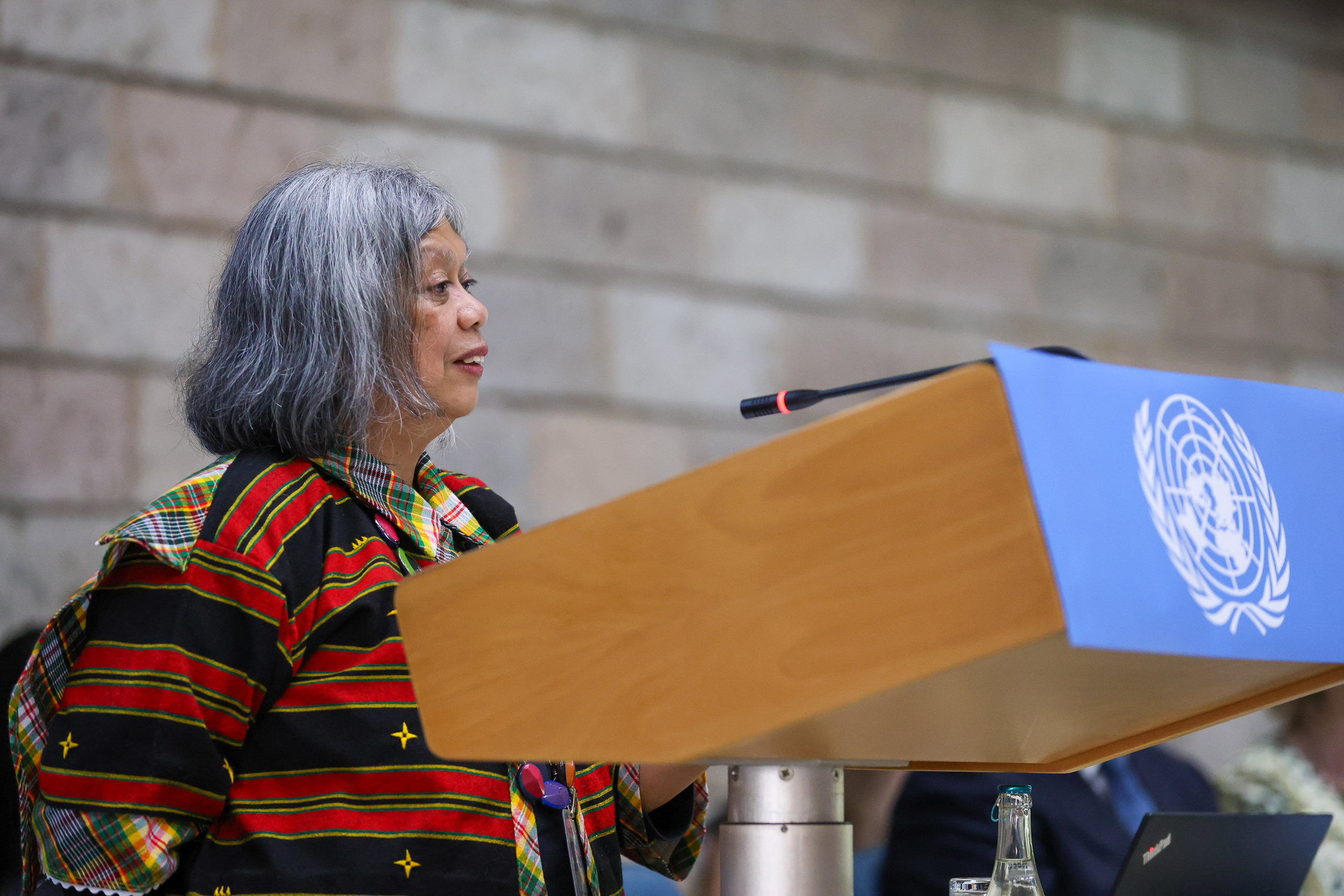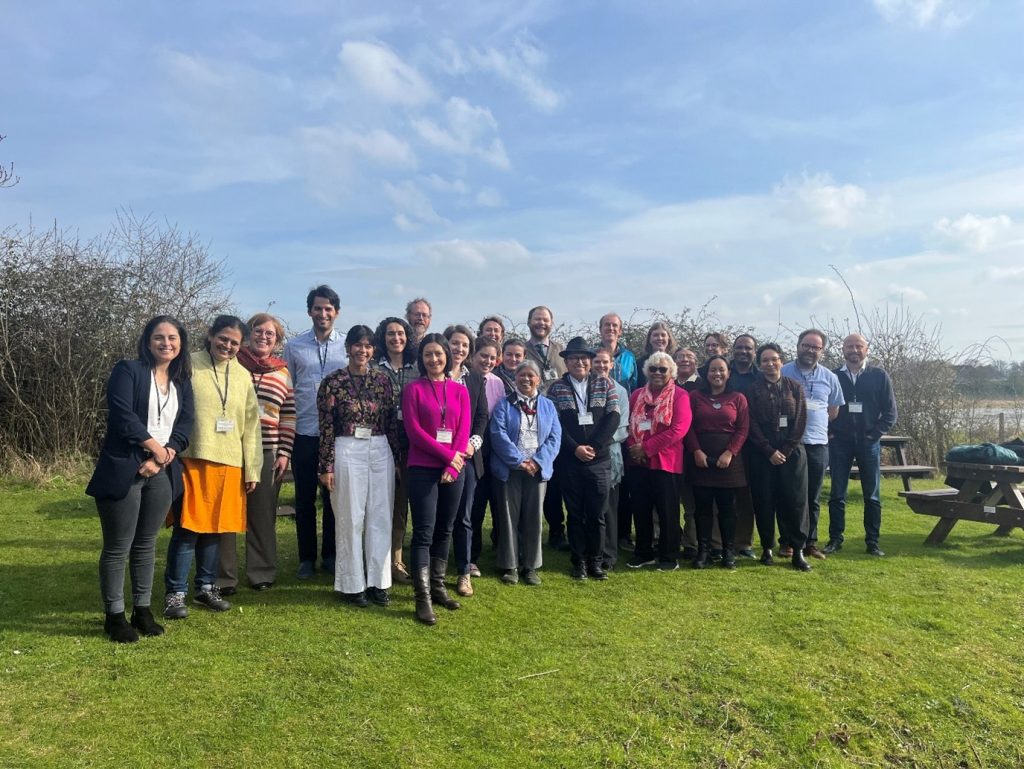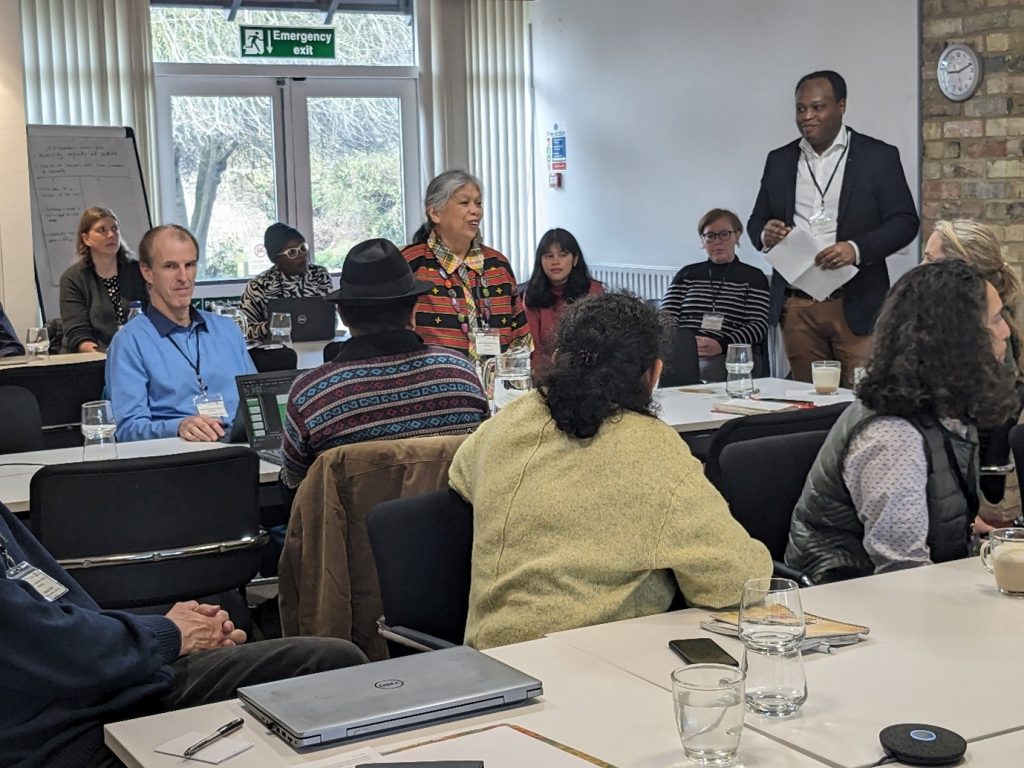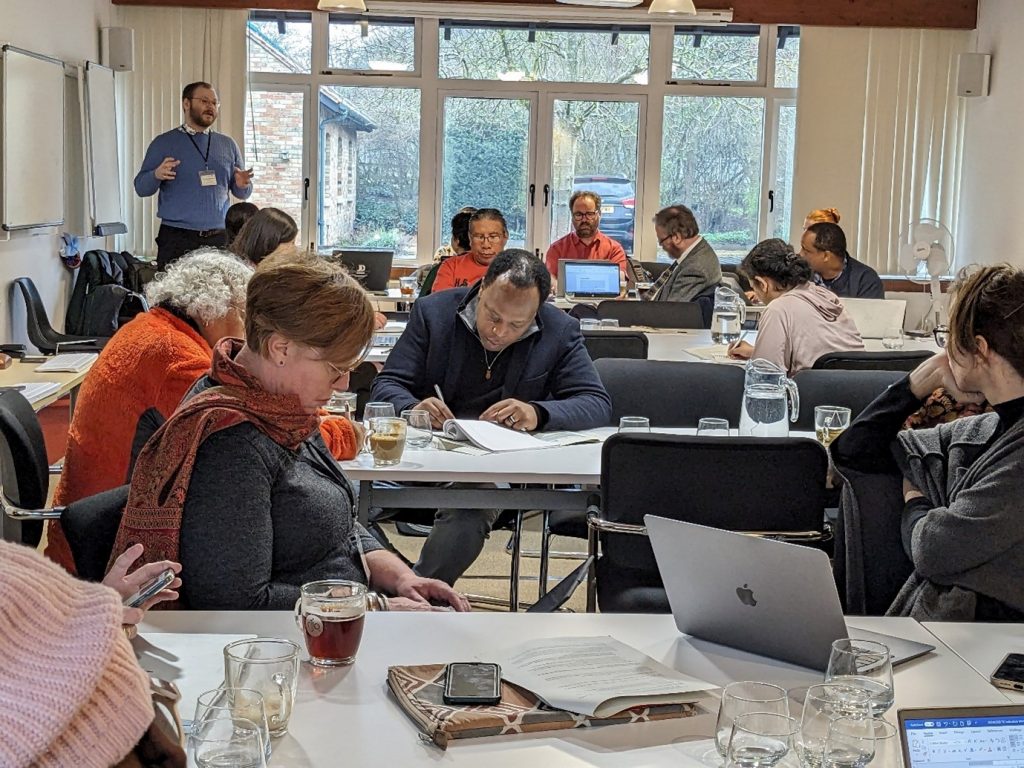News
‘Remarkable’ progress made towards incorporating traditional knowledge into the Biodiversity Plan

News | Jul 2024
Countries must respect the rights of Indigenous Peoples and local communities to achieve the world’s major international commitment on biodiversity, the Biodiversity Plan. This includes acknowledging Indigenous Peoples’ and local communities’ rights to nature and their contributions to the conservation and sustainable use of biodiversity. Monitoring how their rights are realised is crucial.
Recent developments mean the world is closer to being able to comprehensively monitor how Indigenous Peoples’ rights related to biodiversity are being fulfilled.
In May, a subsidiary body of the UN Convention on Biological Diversity (CBD) accepted in full new recommendations on traditional knowledge indicators, which are now included in the monitoring framework for the Biodiversity Plan to measure progress against its targets and goals. These recommendations were informed by a workshop that brought together experts at the UN Environment Programme World Conservation Monitoring Centre’s (UNEP-WCMC) headquarters in Cambridge.

The recommendations will now be put forward to the Conference of the Parties at this year’s upcoming UN Biodiversity Conference (COP16), with very good prospects for these to be included in decisions adopted at COP16. This will be a huge step forward in encouraging and supporting countries to integrate indicators that relate to the rights of Indigenous Peoples and their traditional knowledge in national reporting to the CBD.
Indicators are vital to assess progress
Traditional knowledge indicators are a key tool to embed Indigenous Peoples’ and local communities’ actions in the implementation and the monitoring processes of the Global Biodiversity Framework (GBF). The GBF is the main international commitment on biodiversity and is also now known as the Biodiversity Plan.
Indicators enable national governments and stakeholders to measure how Indigenous Peoples’ and local communities’ knowledge and practices are impacting and being integrated into national efforts for the conservation and sustainable use of biodiversity. There are four key traditional knowledge indicators that relate to Indigenous Peoples’ collective rights:
- Trends in linguistic diversity and numbers of speakers of indigenous languages
- Trends in land-use change and land tenure in the traditional territories of Indigenous Peoples and local communities
- Trends in the practice of traditional occupations
- Trends in the degree to which traditional knowledge and practices are respected
The lack of traditional knowledge indicators was a gap in the monitoring framework for the GBF that is now on the way to being addressed, thanks to the new recommendations. Parties to the Convention on Biological Diversity will decide at COP16 whether to follow the recommendations from the subsidiary scientific body. This will encourage the use of these indicators to measure the contributions and rights of Indigenous Peoples and local communities in the implementation of the Biodiversity Plan.
Workshop brings together global experts
To address the gap in the GBF monitoring framework, an Expert Workshop on Traditional Knowledge Indicators was organised to review the status and methodologies of the four traditional knowledge indicators. These were first included to monitor progress towards Aichi Target 18 of the 2011-2020 Strategic Plan for Biodiversity.
The three-day workshop took place in March 2024 in Cambridge to assess how these indicators and community-based monitoring tools and systems might fit within the monitoring framework.
The event brought together more than 30 Indigenous representatives to share their expertise on traditional knowledge indicators and community-based monitoring with other individuals and organisations. Also present were members of the Ad Hoc Technical Expert Group (AHTEG) on Indicators, a group of experts that was established to work on operationalising the GBF’s monitoring framework until COP16. Participants reviewed the proposed methodologies for monitoring the traditional knowledge indicators and assessed how ready they are to be used. It then examined how these indicators can contribute towards monitoring the goals and targets of the GBF.

Participants recommended where each indicator should fit in the monitoring framework, and which targets they should contribute to. For example, they advised that the indicator on land tenure and land use be adopted as a headline indicator under the target on participation. Headline indicators are a fundamental set of high-level measures, which countries are encouraged to use as a minimum, while component and complementary indicators are optional indicators that provide more detailed insights on progress towards the goals and targets of the GBF. Participants also proposed that a linguistic diversity index and an indicator on participation of Indigenous Peoples and local communities in decision-making should be included as component indicators under the targets regarding access to knowledge on biodiversity and participation in decision-making.
During the workshop special attention was given to the use of community-based monitoring and information systems for monitoring the GBF. These are approaches and tools used by Indigenous People and local communities themselves to systematically generate data on social and environmental trends in their territories. Recognising and supporting the role of community-based monitoring in global and national biodiversity monitoring processes is crucial to enabling the full and effective participation of Indigenous Peoples and local communities in decision-making, and filling data gaps. The workshop identified the traditional knowledge indicators as key entry points to integrate community-based monitoring approaches to measure progress towards relevant targets of the GBF.
The expert workshop helped document the remarkable progress that has been made in the operationalisation of all four traditional knowledge indicators since the last strategic plan for biodiversity. Participants built on this work to develop a set of recommendations for how the traditional knowledge indicators should fit into the monitoring framework for the GBF.
Traditional knowledge indicators are key to help us understand the progress the world is making in recognising the rights of Indigenous Peoples and local communities, as well as acknowledging their contributions under the Convention on Biological Diversity.
Katherine Despot-Belmonte, Senior Specialist in Nature, Gender and Rights at UNEP-WCMC
Supporting Indigenous Peoples’ and local communities’ participation in monitoring and reporting processes is one of the objectives of the Transformative Pathways project. Community-based monitoring approaches are especially important, as Indigenous Peoples and local communities have detailed knowledge about local social, territorial and ecosystems management. This workshop contributed greatly to further understanding of the traditional knowledge indicators. It is encouraging to see that they now have a prominent place in the GBF monitoring framework.
Joji Cariño, senior policy advisor at Forest Peoples Programme and member of the International Indigenous Forum on Biodiversity
The workshop was convened by UNEP-WCMC and the Forest Peoples Programme in collaboration with the Secretariat to the Convention on Biological Diversity. It was conducted as part of the Transformative Pathways project – a joint initiative led by indigenous organisations in four countries across Asia, Africa, and the Americas, and supported by a network of global partners.

Recommendations accepted in full
The recommendations were presented to the AHTEG on Indicators at a meeting that took place immediately following the Expert Workshop. They were included in the AHTEG’s recommendation to the Subsidiary Body on Scientific, Technical and Technological Advice (SBSTTA), which provides expert guidance to the Conference of Parties to the CBD. The workshop also provided critical input to the technical and scientific review of the traditional knowledge indicators that was made available to inform deliberations at SBSTTA.
The recommendations were accepted by the SBSTTA in full during its meeting in May, and will now go on to inform negotiations and decisions at COP16 in October. This means countries will be encouraged to make use of these indicators to monitor progress towards the goals and targets of the Global Biodiversity Framework.
The Expert Workshop also served to strengthen future collaborations among participants towards data generation, management and promotion of relevant information related to indigenous and local knowledge.
It is really exciting to see the key recommendations from the workshop put forward to COP16, which may now be included in decisions adopted at the meeting. This is essential in order to support countries to integrate traditional knowledge indicators in their national reporting to the CBD.
Katherine Despot-Belmonte, Senior Specialist in Nature, Gender and Rights at UNEP-WCMC
Main image: Joji Cariño, member of the International Indigenous Forum on Biodiversity, addressing delegates at the UN headquarters in Nairobi, Kenya, in May 2024 (Image: IISD/ENB | Mike Muzurakis)
Have a query?
Contact us
communications@unep-wcmc.org
